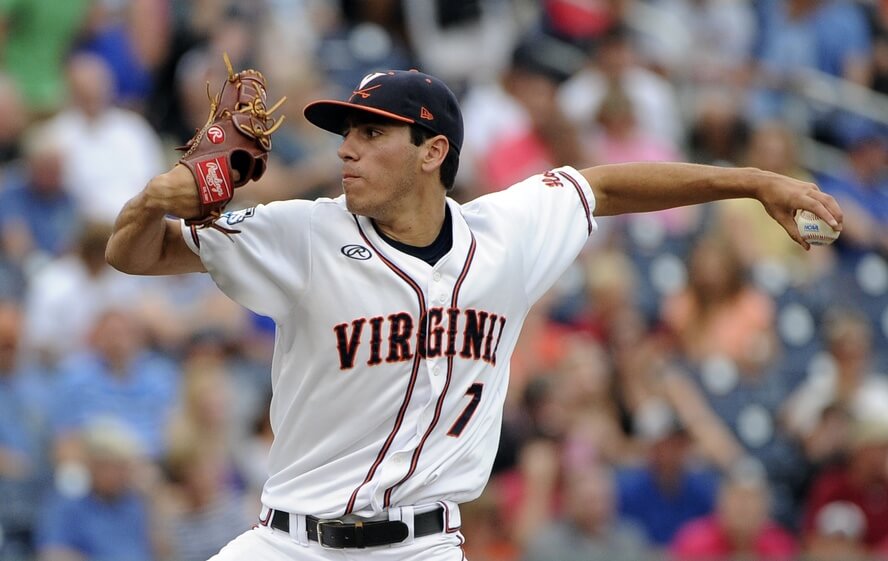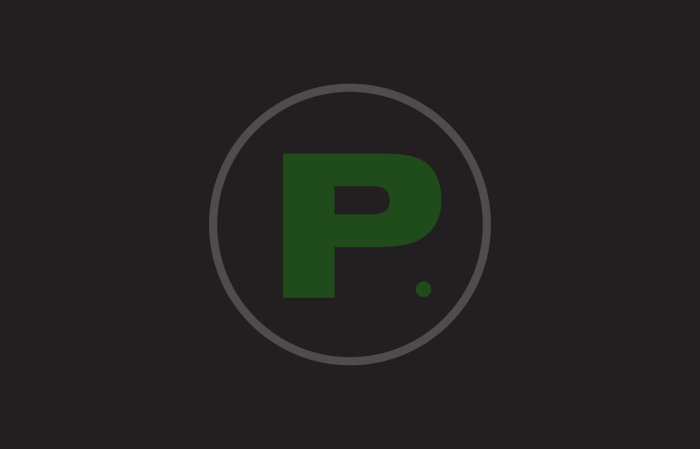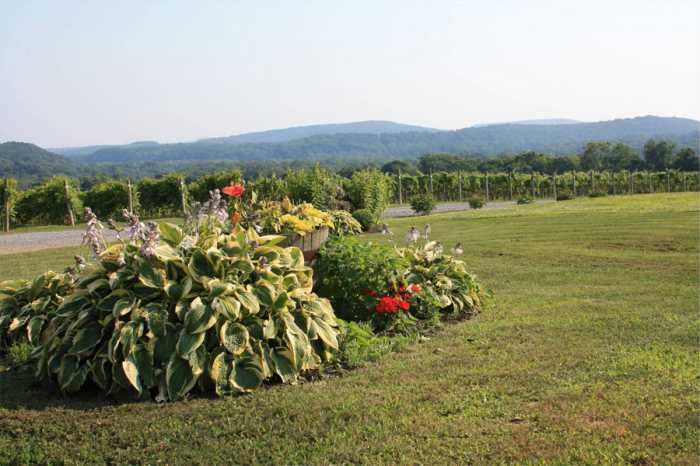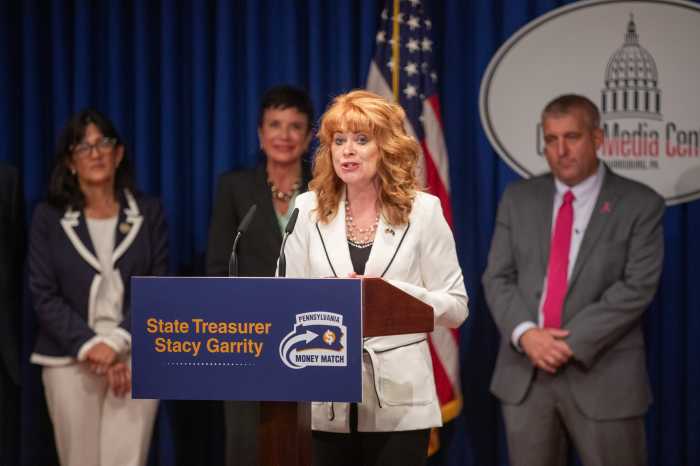Last week, the Phillies snagged and signed the number eight overall pick, Adam Haseley, out of the University of Virginia. The team signed him to a deal that included over $5.1 million in signing bonus money. The Phillies are certain the College World Series hero from a year ago will be a productive piece in the Major League cog quickly, as some are projection he could hit the 25-man roster by as early as 2019. With lofty expectations surrounding the latest first round pick for the Phillies, I wanted to go back and take a look at the last ten years worth of Phillies’ first round picks to see how they stacked up amongst themselves and against the players that were selected around them.
2008, SS Anthony Hewitt, 24th Overall
In 2008, the Phillies were coming off their first playoff run since 1993 the year prior. Despite the fact that the team was swept out by the Colorado Rockies, who went on to get swept by the Red Sox in the World Series, there was an air of optimism about the team on the rise. They had a solid offensive core and a decent pitching staff led by Cole Hamels. The team picked 24th overall after winning the NL East in 2007. They selected high school shortstop Anthony Hewitt from the Salisbury School in New York. The front end of the first round was loaded with now MLB talent, such as Buster Posey, Eric Hosmer, Pedro Alvarez and more, but the Phils didn’t have an early pick. They settled on Hewitt hoping he could be ready by the time Jimmy Rollins was done. Hewitt made it as high as AA Reading, but never hit above .244 there in parts of three seasons. He signed with the Orioles in 2015 and played one season with the A Frederick Keys before calling it quits. He finished with a minor league career average of just .223 in eight seasons. The final six picks of the first round saw Lonnie Chinsenhall go to the Indians at 29, Daniel Schlereth to the Diamondbacks at 26, but most notably, Gerrit Cole get drafted by the Yankees at pick 28.
2009, No First Round Pick, First Pick: Kelly Dugan, 75th Overall
The Phillies didn’t have a first round pick in 2009 thanks to signing outfielder Raul Ibanez that offseason. Many, including myself, were fine with that lose of pick to bring in a talent like Ibanez to try and repeat as World Series Champs. The team, of course, got back to the World Series, but fell short to the Yankees in six games. Despite not repeating, I don’t think anyone in Philadelphia had any qualms about the season or the way Ibanez played. Things looked great for a team that had won the division three years in a row and been to consecutive World Series. Ibanez hit .272 with 34 homeruns and 93 RBI’s for the pennant winners.
The 75th pick, Kelly Dugan, played in 36 games at Lehigh Valley, but spent most of his Phillies career in Clearwater and Reading. He had some promising seasons, hitting over .300 in Lakewood in 2012, Clearwater in 2013, and Reading in 2015. The Phillies didn’t resign him after the 2015 season, and he played for the Cubs minor league affiliate, the Tennessee Smokies, in 2016, and is now with the Jackson General in the Diamondbacks farm. In that second round, notably, the Cubs selected now-Rockies star D.J. LeMahieu just four picks later at 79.
2010, LHP Jesse Biddle, 27th Overall
Ooh boy, here we go. This one really seems to grind people’s gears in Philadelphia. Again, the Phillies went back to the World Series in 2009, so they had a late pick in June, 2010. After seeing the list of guys that were picked early in 2010, you almost wish they weren’t good, then, now. Of course, Bryce Harper headlined that class, but after him in the first round were talents like Jameson Tallion at 2, Manny Machado at 3, Matt Harvey at 7, Chris Sale at 13, and Christian Yellich at 23. Obviously, none of those players were there at 27, so the Phillies went with the local product Biddle out of Germantown Academy. Biddle threw in the low 90’s as a high school student and projected to get into the mid-90’s with growth. Combine that with his 6-foot-6 frame and his highly touted changeup, and Biddle was a great pick at 27 that just didn’t work out. Biddle went from rookie league to Reading in just over three seasons, despite posting a sub-3.00 ERA in just one of his stops. He still holds the Reading record for most strikeouts in a game, with 16. Injuries began the unraveling of Biddle’s Phillies career. Head problems sealed the deal. Biddle constantly seemed to be in his own head after not achieving immediate success. The Phillies traded Biddle to the Pirates last year, who DFA’d him a month later. He was claimed by the Braves, and now pitches for their AA affiliate in Mississippi.
At the spot they were in, Biddle was probably the right call. Hindsight shows that Noah Syndergaard was taken by the Blue Jays nine picks later, but that’s why high school pitchers are so tough to decide on.
2011, No First Round Pick, First Pick: Larry Greene, 39th Overall
Again, the Phillies didn’t have a first round pick. This time, they lost it to the Texas Rangers for signing Cliff Lee. This pick here is an interesting one for a few reasons. The last pick infuriates Phillies fans. This one should. After failing to sign Jayson Werth, the Phillies selected outfielder Larry Greene from Berrien County, Georgia with the compensatory pick 39. They took another high school player, which has started to add up if you’re keeping tabs at home. Greene was picked 39th overall at the age of 18. By 22, he had officially retired from the game. Greene never made it past Lakewood and never hit better than the ,272 he posted in Short Season A Williamsport his rookie season. From 2012-2014, he played in just 242 minor league games for the Phillies farm system and finished with a .224/.318/.321 slash line.
His struggles were one thing. The Phillies made a poor selection. I think everyone can live with that. It happens. What compounds they issue of Greene’s terrible play over three years was who was picked after him. Exactly one pick after the Phillies took Greene, the Red Sox snatched up Jackie Bradley Jr. At 44, the Mets took Michael Fulmer and at 45, the Rockies got Trevor Story. Larry Greene’s story should be one that more Phillies fans know if they’re looking for something to get angry about.
2012, No First Round Pick, First Pick: RHP Shane Watson, 40th Overall
For the third time in four years, the Phillies didn’t have a first round pick thanks to compensatory signings. The Phillies signed closer Jonathan Papelbon that offseason and lost their pick to the Boston Red Sox. Not that it mattered much, but the front end of 2012 was loaded with talent. From Carlos Correia to Byron Buxton to Kevil Gausmann all in the first four picks, as well as Addison Russell going 11, Tyler Naquin at 15 and Corey Seager at 18, the 2012 first round was stacked with MLB talent. The Phillies were able to get back into the compensatory round because they were unable to sign Ryan Madson that offseason. So, they picked at 40, and took Shane Watson, another high schooler. Watson, for what it’s worth, has the distinguished honor of being the first on this list to still be with the Phillies. Watson has been consistently average for the farm, getting to AA Reading so far in his career. He currently is 3-4, with a 5.33 ERA in 16 games pitched, including 10 starts.
For the second year in a row, one pick could have made a difference. With the 41st pick, the Astros chose Lance McCullers, a starter who’s had decent success of his own, but far better than Watson has. 1o picks later, a now-Phillie was drafted at 51 when the Dodgers took infielder Jesmuel Valentine.
2013, SS J.P. Crawford, 16th Overall
Things have started to go downhill for the Phillies by this point, as they’re now drafting closer to number one, as the team’s record slips each year. Take a guess at where the Phillies got Crawford from? That’s right, Lakewood High School in California. But this time, the pick has some hope for the future. Despite his rough start to the 2017 season, Crawford has consistently risen through the ranks of the Phillies farm. It took the now-22-year-old just four years to get to AAA Lehigh Valley. The .204 he’s hitting now is the worst in a full season in his professional career. While it’s been a rough season for Crawford, the Phillies still expect big things from him. He hit .250 last year in Reading and Lehigh Valley, so I’m not sure the lofty goals set for Crawford, at least at the plate, will ever be matched.
Outside of the Cubs drafting Kris Bryant second overall and the Yankees getting Aaron Judge at 32, Crawford still seems like the right pick at the time. He may never be a great hitter, but as I mentioned in previous articles, it’s time for the Phillies to give him his shot.
2014, RHP Aaron Nola, 7th Overall
Here’s someone that has finally made a contribution to the big league club. Aaron Nola was drafted seventh overall by the Phillies out of LSU with knowledge that he was MLB ready with minimal tuning. And that turned out to be true. Nola needed just 32 games pitched in the minor leagues for the Phillies to make the call for his major league debut. Maybe it was rushed because of the team’s state. Maybe it was justified. He’s bee slightly above average in his parts of three years in the big leagues, but hasn’t been horrible by any means. He’s proved he belongs. Nola has a Major League record of 17-16 in 44 starts with a 4.25 ERA. He’s recently shown signs of being 100 percent healthy again, though, and has thrown consecutive good starts.
Looking at the picks surrounding Nola, he was absolutely the right pick, and may, outside of Trea Turner, who wasn’t drafted by the Nationals, has had some of the best success of that first round. Some may argue Kyle Schwarber, but let’s talk again when they’re both in the Major Leagues!
2015, SS Cornelius Randolph, 10th Overall
Three shortstops were gone in the span of three picks in 2015. Notably, Dansby Swanson went first overall and was quickly followed by Alex Bregman. So when the Phillies drafted at 10, they didn’t have those two options. Nor did they have Andrew Benintendi, who went seventh to the Red Sox. They, instead, went with Griffin High’s shortstop Cornelius Randolph. Randolph is just 20-years-old now and playing in Clearwater. He started off blazing hot, hitting .302 in rookie ball. He then got promoted to Lakewood in 2016 and is now in Clearwater, where he’s hitting .220. A significant drop in just two levels of minor league ball. That’s the bad news. The good news is he’s only 20. That means there is plenty of time, still, to figure this thing out. I wouldn’t start hitting any kind of panic button on Randolph just yet. If he’s still in the same spot in 2019, then we may have an issue. The only comparison that downsizes Randolph is to Swanson and Bregman, who are both now Major League shortstops. Looking around the rest of the first round, it’s too early to tell if anyone from that round will make a major impact this year or even next. Give it some time.
2016, OF Mickey Moniak, 1st Overall
The Phillies were bad enough in 2015 to get the first overall pick in the draft. This season seems to be headed in the same direction. With the first pick, the Phils took yet another high school product. This time they went with La Costa Canyon outfielder Mickey Moniak. Moniak has been pretty solid so far in his first full season of professional ball. After spending last year in rookie ball, where he hit .284, Moniak was promoted to Lakewood this season. He’s holding down a .272 average through the first 70 games. It’s still way to early on the 2o16 draft class, but Moniak is making good strides for a player that just turned 19-years-old. Man, I’m getting old.
Mandatory Credit: Steven Branscombe-USA TODAY Sports


























